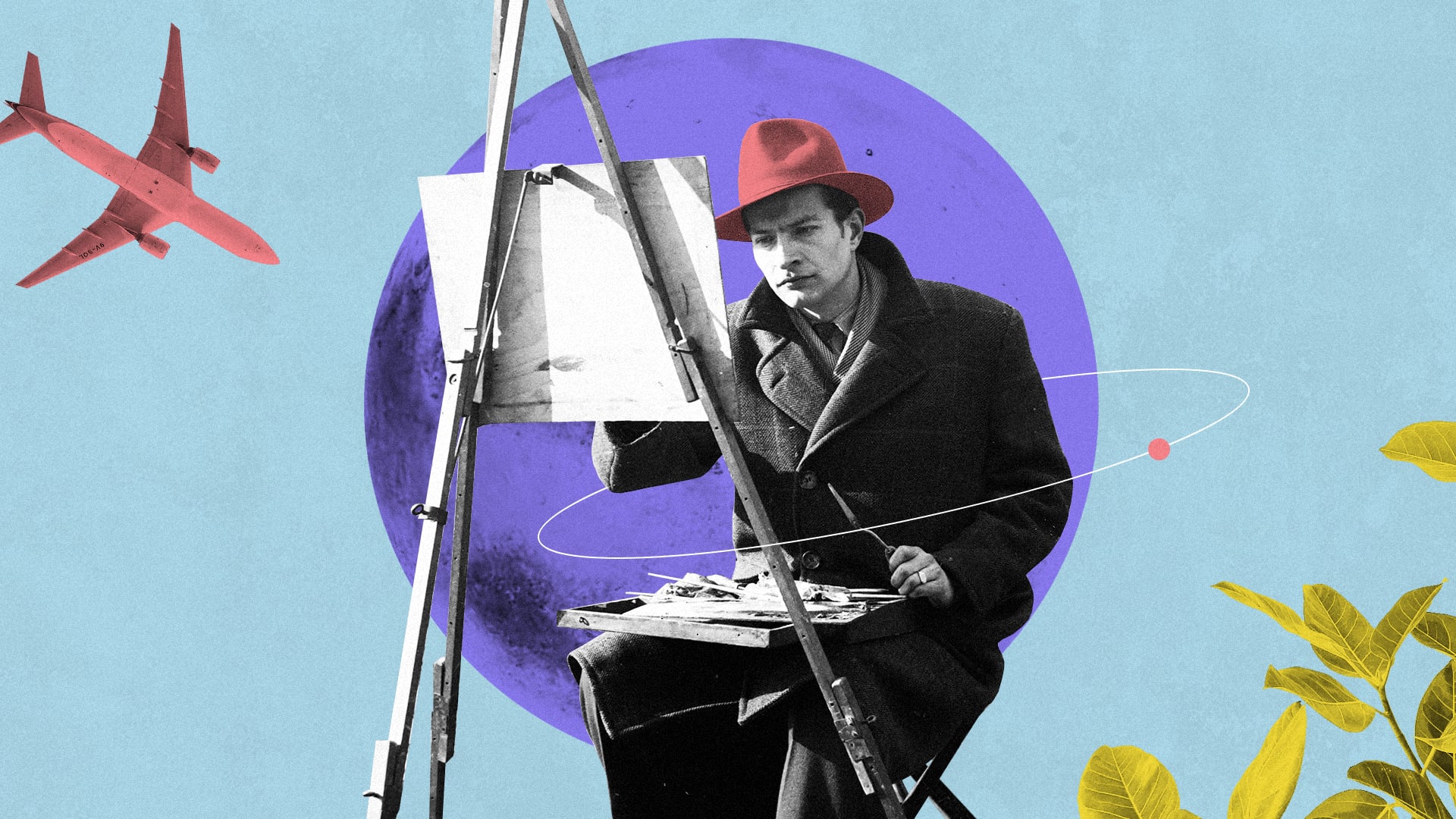What is skeuomorphic design and why don't we see it so often anymore?
When you are saving a file, you click on an icon of a floppy disk. This, in the simplest terms, is just one example of skeuomorphic design - a style where real-world objects are translated into digital interfaces. In this article we will tell you more about what it is and when to use it along with our view on how it fits with modern design trends.

Table of contents
Skeuomorphism – what is it?
Skeuomorphism is a visual design style which mimics the appearance of real-world objects. This approach has been trending since the early days of digital product development and in some cases is still used today. It’s a great choice when users are not familiar with a new digital interface - the images of real objects helps them recognize and understand the function of the digital component.
Examples of skeuomorphic designs that you see every day
The simplest example of skeuomorphic design is the sound of taking a photo with your smartphone. In some devices you can still hear the shutter clicking, which mimics that made by SLR cameras. The sound provides the user with proof that the photo was taken.
Another example is the oldest app on your phone, the calculator. Its layout is a reflection of the calculators that we used at primary school. And since the app imitates the device itself, users immediately know how to use it.
Icons used as shortcuts for opening applications are often designed to evoke the shape of the real object. That is why the icon of the calendar app has the shape of a paper calendar, the icon indicating a new email message is presented in the shape of a paper envelope and the icon of a camera app is represented with an SLR camera.
Each of these skeuomorphic designs were done in order to create an intuitive sense of familiarity for the user, especially when they are not well-versed with digital product development and technology solutions.
The good and bad of skeuomorphic design
The goal of this skeuomorphic design is to make digital products more intuitive. One way to achieve that is by turning a tangible product into a digital interface. This approach works even if the product is unusual and targets a specific niche.
Skeuomorphic design can benefit users who are not fluent with technology. For example, the right icon would help them understand that they can click and write using a note app if it looks like a real post-it note.
This approach also has a decorative function. In the gaming or entertainment industry the components mimic the real objects to build the specific vibe and atmosphere of the world users dive into.
In other cases skeuomorphic design could be perceived as overwhelming and unnecessary. There are interfaces where a lot of skeuomorphic components (or the whole layout) cannot follow the function and goal of the product, and can even distract users from the main action they should take.
A layout built with this approach can sometimes interfere with the hierarchy of information that should be built into the product. Product designers should remember that UI follows function – so the visual approach should follow the user experience guidelines.
Over the last decade, the styling of digital products has evolved towards increasing effectiveness, while remaining intuitive as users better understand how digital products work.
This is the reason why skeuomorphic design and styling became less and less popular in digital products. Nevertheless it remains adequate in specific cases and is used when designers are sure that it would enhance the intuitiveness and usability of the interface.
Is skeuomorphic design still relevant?
As with every approach and method, skeuomorphic design should be used wisely and answer a specific need and goal. Product designers to this day discuss whether skeuomorphic design should be used or not.
In conclusion, skeuomorphism has a long history in the field of user interface design, and while it has fallen out of favor in recent years, it still has its advocates. Ultimately, the choice of whether to use it or not depends on the context and the needs of your users.
Share this article:










